(1032 products available)







































































































































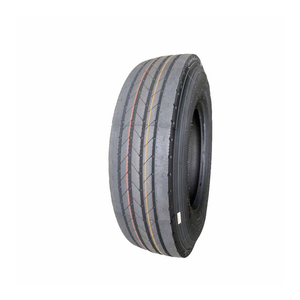
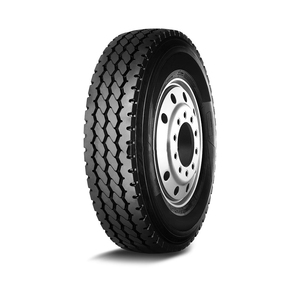
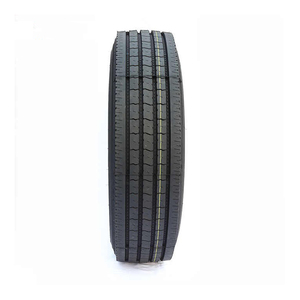


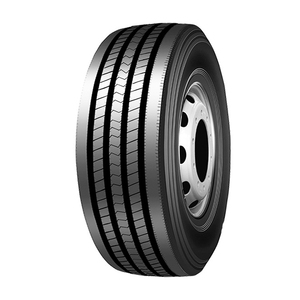
















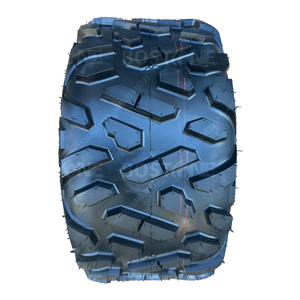











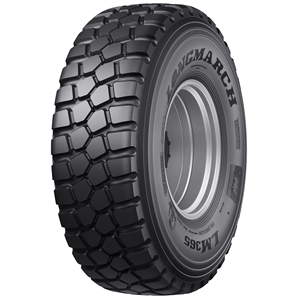

















When it snows, the roads become slippery and hazardous to drive on. Snow tires, also known as winter tires, are specifically designed to provide optimal traction and safety during such winter conditions. They feature specialized rubber compounds that remain flexible in low temperatures, as well as unique tread patterns that grip snow and ice.
There are several types of snow tires, including:
Studded snow tires
Studded snow tires are fitted with metal studs that protrude from the tire's surface. These studs dig into the ice, providing excellent traction on icy roads. As a result, they are the go-to choice for regions that experience severe winter and icy conditions. It's worth noting that some places have restrictions on the use of studded tires due to the potential road damage they can cause.
Studless snow tires
Studless snow tires are designed to perform well in both snow and icy conditions, making them a versatile choice for winter driving. They don't have studs, but their advanced rubber compounds and unique tread designs offer sufficient grip on ice surfaces. Studless snow tires are suitable for areas with moderate winter conditions. They also produce less noise and are more environmentally friendly than studded tires.
Hybrid tires
Hybrid tires are all-season tires manufactured to provide a balance of performance in winter and summer conditions. While they can handle light snow, they lack the specialized compounds and aggressive tread designs of dedicated winter tires. Hybrid tires are suitable for regions that experience mild winters where the ground only occasionally turns white. However, during heavy snow or icy conditions, the performance of hybrid tires may not match that of proper snow tires.
Performance winter tires
Performance winter tires are designed for high-performance vehicles. They provide good handling and grip on winter roads, striking a balance between winter performance and high-speed stability. These tires utilize advanced rubber compounds and specialized tread designs to ensure good performance on wet, dry, or snowy roads. They are ideal for sports car enthusiasts who need winter solutions without sacrificing performance.
19-inch snow tires are manufactured with various specifications to meet different vehicle requirements. Here are some general specifications to expect:
Tire size
19 snow tires are available in different sizes, with the first number representing the width of the tire in millimeters. The second number indicates the aspect ratio, which shows how tall the tire sidewall is compared to its width. The third number indicates the rim diameter in inches. Common tire sizes include 255/55R19 and 275/45R19.
Tread pattern
19-inch winter tires have unique tread patterns designed to enhance traction on snow and ice. They have deeper grooves and wider channels that help with water and snow evacuation. The tires also have smaller biting edges and asymmetric designs that reduce aquaplaning risk.
Compound
19 snow tires are made of softer rubber blends that remain flexible at lower temperatures. This improves traction on snow and ice. The tires also have advanced compounds that reduce wear and improve grip on slippery surfaces.
Tread depth
New 19 snow tires usually have a tread depth of 10/32 to 13/32 of an inch (7 to 10 mm). Adequate tread depth is crucial for traction in snow and ice. Some tires have indicators that alert users when it's time to replace the tire due to reduced tread depth.
Maintaining 19 snow tires is crucial for optimal vehicle performance during winter. Here are some maintenance tips:
Cleanliness
It is vital to clean the snow tires regularly to remove dirt, ice, and road salt. This prevents damage to the tire's rubber compound and maintains optimal performance. Ensure the wells and treads are clean, as they trap debris.
Storage
If the vehicle owner only uses the tires during winter, it is essential to store them correctly when not in use. Before storing, ensure the tires are clean and dry. The storage area should be dark, cool, and dry, away from chemicals and heat sources.
Rotation
Rotating the 19 snow tires after every 5,000 to 7,500 miles ensures even wear. Follow the vehicle manufacturer's instructions on the appropriate rotation pattern. Usually, snow tires are placed on the rear axle and rotated to the front axle for better traction and control.
Visual inspection
Every once in a while, visually inspect the snow tires to check for indication damage, uneven wear, or punctures. Address any issues immediately to prevent further damage and maintain optimal tire performance.
There are several factors to consider when choosing snow tires. They are:
Vehicle Type:
The kind of vehicle a person drives will determine the form and size of snow tires to be used. Heavy-duty trucks require larger and more robust tires to navigate snowy roads, while smaller cars need compact tires to provide better grip.
Size and Specifications:
Ensure that the chosen snow tires are compatible with the vehicle's specifications. Factors such as the tire's aspect ratio, width, and diameter must be put into consideration. The vehicle's manual or the placard found on the driver's side door frame can provide detailed information about the compatible tire size.
Tread Design:
Tread design is a vital aspect when selecting suitable 19 snow tires. Tires with wider circumferential grooves and a unique winter rubber compound are ideal for driving on ice and snow. Also, tires with a more aggressive tread design will offer better traction in slushy and deep snowy conditions.
Studded vs. Studless tires:
Studdable tires come with metal studs that are added to the tire to provide more traction on icy roads. Studded tires are perfect for regions that experience extreme winter conditions. On the other hand, tires without studs have tread patterns specially designed to grip icy surfaces. Studless tires are suitable for areas with moderate winter conditions.
Traction Devices:
Consider purchasing traction devices such as chains if the vehicle is frequently driven on steep icy roads. These devices offer extra grip in extreme winter conditions. Ensure that the traction devices are compatible with the chosen snow tires and are correctly fitted for optimal performance.
Load Rating and Speed Rating:
When choosing snow tires, ensure that the load and speed ratings meet the vehicle's specifications. The load rating specifies the maximum weight a tire can support, while the speed rating indicates the maximum speed the tire can perform safely. Selecting tires with appropriate load and speed ratings guarantees stability, safety, and optimal tire performance.
Budget:
Snow tires are available in different price points. It is advisable to consider quality tires that offer better value. Although the initial cost of high-quality snow tires may be more expensive, their durability and performance can save money in the long run.
Many manufacturers recommend having a professional mount and balance new tires, as improper installation can affect vehicle safety and tire performance. However, replacing 19-inch snow tires is a straightforward DIY project. Here's a step-by-step guide:
Q1: Are 19 snow tires good for off-road driving?
A1: 19 snow tires are designed for on-road winter performance. However, certain models with aggressive tread patterns can handle light off-road conditions. For more challenging off-road environments, dedicated off-road tires may be necessary.
Q2: How long do 19 snow tires last?
A2: The longevity of 19 snow tires depends on usage, maintenance, and conditions. On average, they last 3-5 seasons. However, wear indicators or significant tread reduction should prompt replacement, even if it's before the tire's expected lifespan.
Q3: Can 19 snow tires be used in the fall?
A3: Yes, 19 snow tires can be used in the autumn, particularly in regions with early frost or occasional winter conditions. They provide good grip until the weather fully transitions. However, during mild autumns, summer tires are more fuel-efficient and quieter.
Q4: Do 19 snow tires require special maintenance?
A4: 19 snow tires don't require special care, but proper storage and handling are crucial. Clean them after use and store them in a dry, cool place away from sunlight. Check for visible damages and consult professionals for repair needs.
Q5: Are there 19 snow tires suitable for electric vehicles (EVs)?
A5: Yes, manufacturers provide 19 snow tires designed for EVs. These tires have higher load ratings to support EV weight and optimized rolling resistance for better efficiency. Look for EV-compatible snow tires when equipping an electric vehicle.
The web search volume for "19 snow tires" has shown significant fluctuations over the past year, with an average monthly web search volume of 110. Notably, the keyword experienced a three-month surge of 143%, contrasting sharply with a year-long decline of 35%. Over the twelve-month period, web search volumes peaked in December 2023 at 260, then gradually decreased, hitting a low of 40 web searches from March to May 2024.
This trend reveals a clear seasonal pattern, where the demand for "19 snow tires" spikes during the winter months, particularly in December, and tapers off as warmer weather approaches. The peak in December likely correlates with the onset of winter in many regions, prompting drivers to prepare for snowy conditions. Conversely, the sharp decline from January to May suggests that as the weather improves, the need for snow tires diminishes.
Analyzing the monthly data, it's evident that the highest web search volume in December 2023 was followed by a steady decrease, with minor recoveries noted in February and November 2024. This pattern underscores the seasonal dependence of this market segment, where consumer interest is heavily influenced by weather-related factors. The detailed monthly breakdown highlights the necessity for retailers and manufacturers to adjust their marketing and stock strategies according to these predictable seasonal trends.